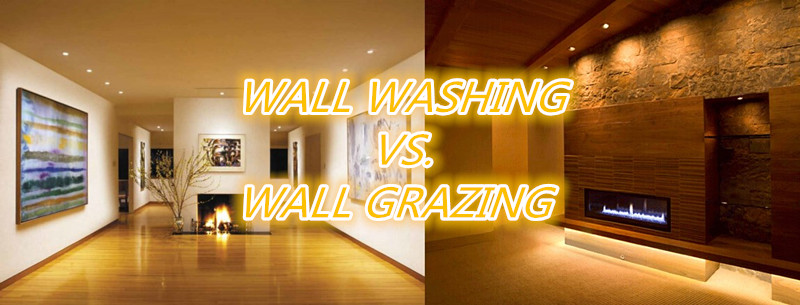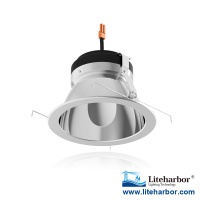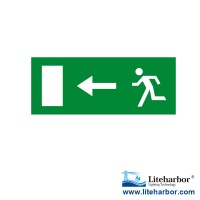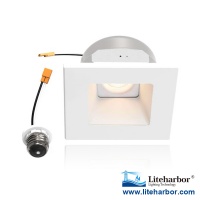What Are the Differences between Wall Washing and Wall Grazing
What Are the Differences between Wall Washing and Wall Grazing
Wall washing and wall grazing are popular in using accent lighting to add visual appeal to your home. If you're interested in interior decorating and lighting design, the terms grazing and washing mean something entirely different. For people who want to spruce up their walls or produce a specific type of atmosphere, they can use wall grazing and washing to create different effects. But do you know the differences between them?

Usually, illuminating a wall can be done in one of two ways: wall washing or wall grazing.
Wall Washing
Wall washing is when light is uniformly spread out over a wall from top to bottom. Evenly illuminating the entire wall hides imperfections and eliminates shadows. As a result, the wall appears clear and bright, any architecture is emphasized, and the room as a whole looks more spacious. Wall washing is best used on walls with a smooth, flat surface to limit shadowing.
Wall Grazing
Wall grazing, on the other hand, is intended for the opposite effect: to accentuate textured vertical surfaces by exaggerating shadows. Shining light just over the top of stone or textured surfaces, wall grazing creates pronounced shadows to give walls a more dramatic look.
So what the differences between wall washing and wall grazing?
The distinction between these two core lighting details is the fixture’s distance from the wall surface. In a wall wash detail, the luminaire is typically a minimum of 12 inches away from the wall plane, allowing for an even application of light that gives the wall texture a flat appearance. In a wall grazing detail, the fixture is positioned very close to the wall (no further away than 12 inches) in order to highlight and bring out the wall texture. The overall height of the wall informs the luminaire’s distance from the wall.
Summary
Unlike wall washing, which highlights features on the wall, wall grazing turns the wall itself into the focal point of the room. Wall washing lights walls at a wider angle to create a clear, bright wall and highlight anything showcased on it, whereas wall grazing skims the surface of the wall at a narrow angle to accentuate the beauty of rough or interesting textures through shadows. In simple terms, wall washing is more geared toward a smooth blank surface like a white painted drywall, whereas grazing will be addressed on a roughly textured surface like a natural stone wall. Both techniques call attention to walls and are a unique way of manipulating how certain spaces or surfaces appear to the human eye.
www.liteharborfactory.com
info@liteharbor.com

 RESOURCE
RESOURCE





